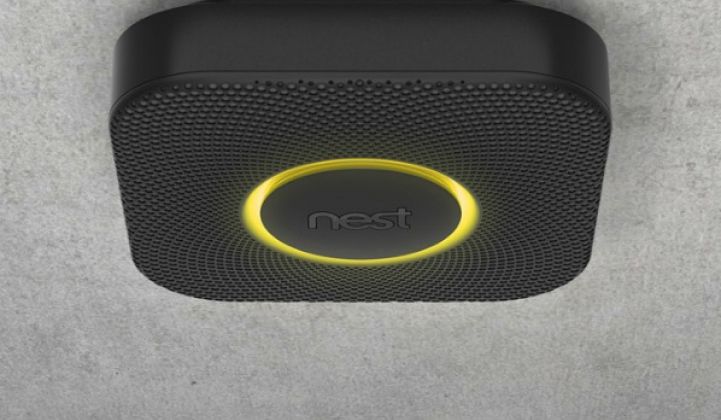Consumer Reports just put the Nest smoke (and carbon monoxide) detector through its paces and gave it a mostly positive review. But the consumer product review organization also "found some gaps."
Nest's well-received thermostat looks great and arguably performs better than many programmable thermostats on the market. Similarly, one would assume that the best-designed smoke detector on the market should be the best at detecting smoke.
Last month, Google announced that it was buying Nest Labs -- the VC-funded thermostat startup founded by former Apple engineers -- for $3.2 billion in cash. Nest has promised to redesign many of the common objects in the home.
And next on Nest's hit list is the homely and unappreciated smoke detector.
The consumer product testing organization praised the convenience features of the device -- such as the ability to "wave off" the alarm with a hand gesture (rather than standing on a chair and pressing the power button with an awkwardly extended broom handle). There is a lighting feature as well. The unit can connect with other detectors or the thermostat via Wi-Fi.
"The convenience features worked as promised," determined the agency, although one of Consumer Reports' engineers called the networking setup process “an exercise in frustration.” The review went so far as to say that "only the truly tech-savvy should attempt installing and using the Nest Protect."
The carbon monoxide test worked fine, according to Consumer Reports.
But there were some gaps when it came to smoke detection.
Smoky, smoldering fires are better detected with a photoelectric sensor, and the $130 Nest device performed well in this test.
But fast fires are more readily detected with ionization sensors, according to CR -- and in this test, the Nest device did not perform as well as the well-reviewed detector from Kidde (which costs $23). The Nest device only has a photoelectric sensor, according to the review.
The bottom line from CR is that "Nest does what it's advertised to do -- detects carbon monoxide and smoke" and has strong convenience features -- but the Nest unit "is not your safest option on the market right now."
Consumer Reports suggests that the safest solution is installing separate carbon monoxide and dual-sensor smoke detectors in the house -- and the reviewer wonders why a company like Nest hasn't combined these capabilities.
The final verdict? CR is "not adding Nest Protect to [its] recommended list of smoke alarms."
Google didn't buy Nest for its smoke alarm. It was a big move into the home and the consumer "internet of things." But Nest has set such a high bar for itself (and such a high price point) that it has to deliver superior performance. Rabid Apple fans and early technology adopters might be misguided and willing to overspend, but they will not tolerate mediocrity and lack of performance. Perhaps there are upgrades to come and the potential to incorporate learning into the smoke detector, just as with the thermostat.
According to GTM Research, the home energy management market was valued at $1.5 billion in 2013. That includes hardware, software, subscriptions and residential demand response programs.
Nest has not yet responded to inquiries from GTM.



